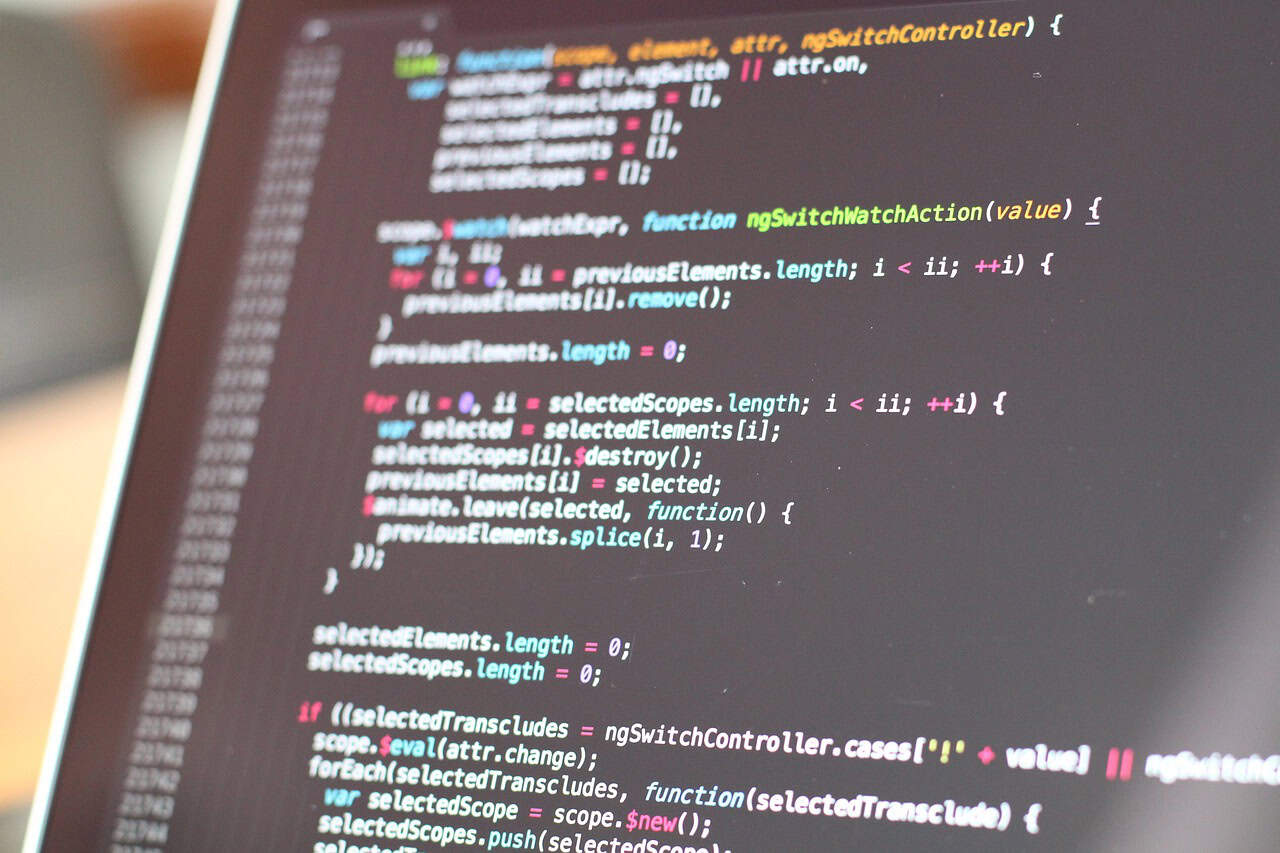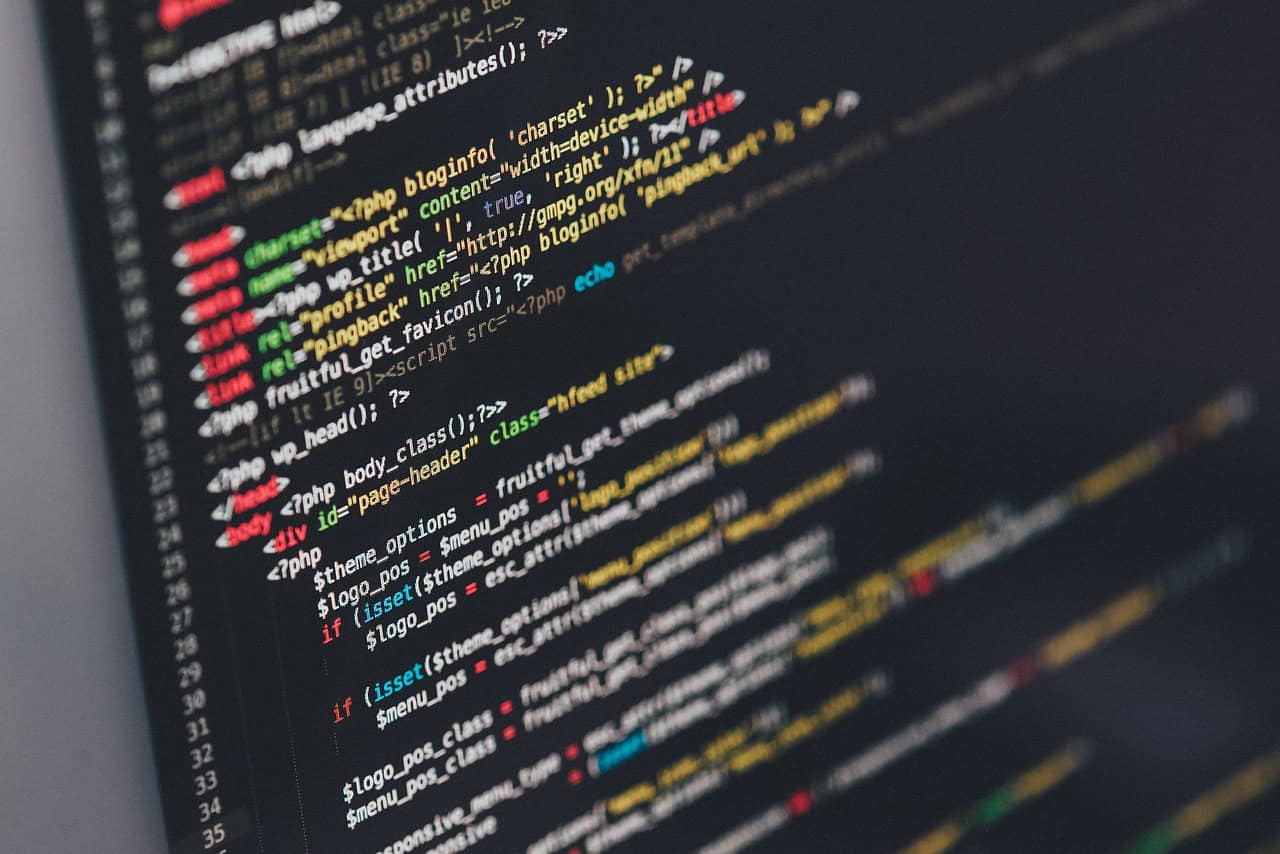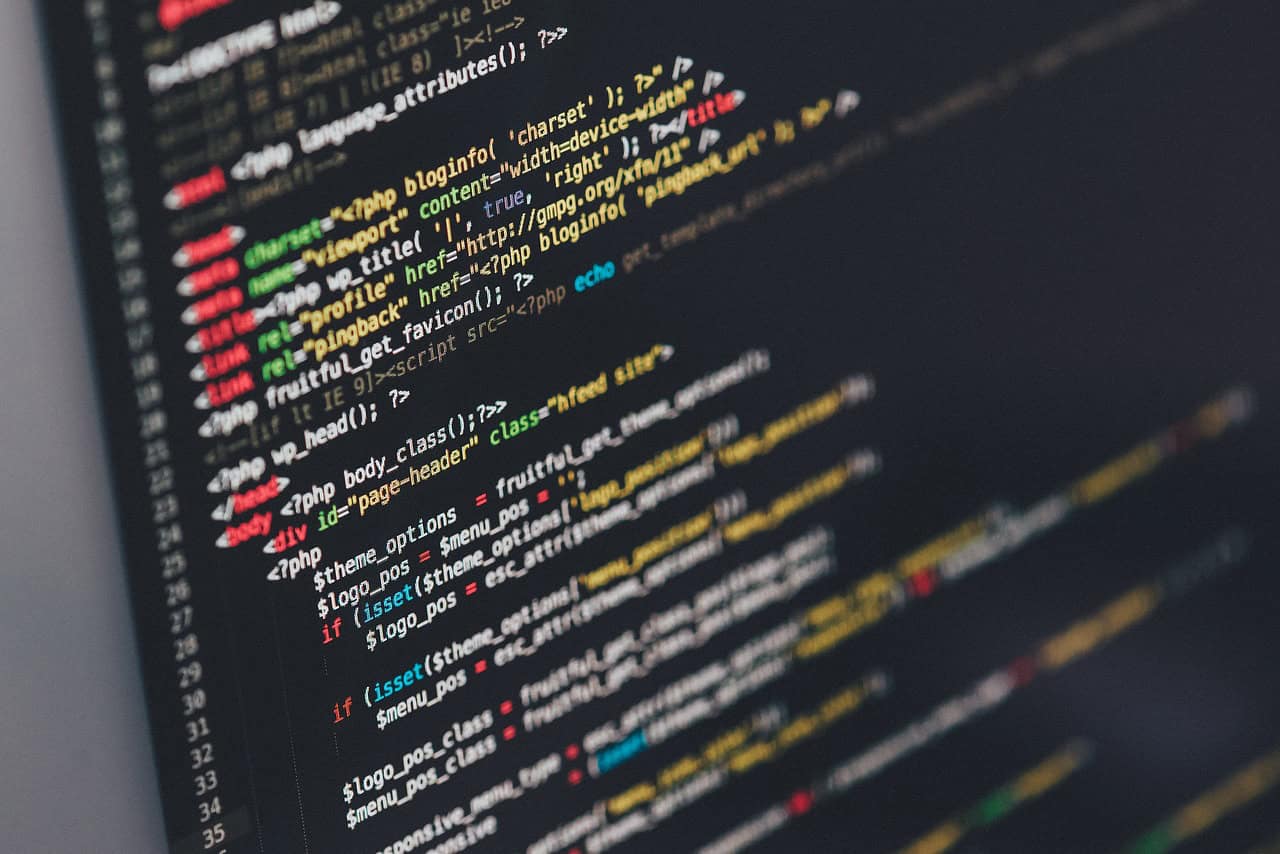Unlocking the Power of PySide6: The Future of Python GUI Development Estimated reading time: 10 minutes PySide6 is the official Python binding of the powerful Qt 6 framework providing modern and cross-platform GUI development. It offers a comprehensive widget set, easy modular installation, and strong industry adoption, including Autodesk Maya 2025. Supports Python 3.9 to…
Enhance Python Code Safety with Mypy
Mypy: Enhancing Python Code Safety with Static Type Checking Estimated reading time: 8 minutes Catch type-related errors early for improved code safety and reliability. Incrementally adopt static typing in Python projects without rewriting existing code. Boost readability and maintainability with explicit type annotations. Integrate seamlessly with modern IDEs and CI pipelines for enhanced developer workflow….
Explore Python W3 for Effective Coding Skills
Exploring Python W3: Your Gateway to Mastering Python Programming Estimated reading time: 10 minutes Python W3 via W3Schools provides comprehensive, interactive Python tutorials catering to all skill levels. W3Schools’ structured tutorials cover syntax, control flow, modules, data analysis, and certification pathways. TomTalksPython complements Python W3 with advanced guides and project-based learning for deeper Python mastery….
Harness the Power of Keras for Deep Learning
Keras Python: Unlocking the Power of Deep Learning with an Intuitive API Estimated Reading Time: 12 minutes Keras provides an easy-to-use interface to build deep learning models with Python. It supports both Sequential and Functional APIs, catering to simple and complex architectures alike. Keras integrates seamlessly with TensorFlow, leveraging GPU acceleration and scalability. Its versatility…
Unlock the Power of Python Boto3 for AWS Cloud Management
Exploring Python Boto3: Your Gateway to AWS Cloud Computing with Python Estimated reading time: 10 minutes Key Takeaways: Boto3 is the official AWS SDK for Python, providing high-level and low-level APIs to manage AWS resources. It enables automation of cloud tasks such as managing S3 buckets, EC2 instances, and Lambda functions efficiently. Keeping Python and…
A Comprehensive Guide to Python Programming
Understanding Python and Python: A Comprehensive Guide to the Versatile Programming Language Estimated Reading Time: 12 minutes Python is a versatile, beginner-friendly programming language widely used in multiple domains. Understanding the differences between Python 2 and Python 3 is crucial for effective learning and application. Python integrates seamlessly with technologies like CUDA and MATLAB, enabling…
Mastering Python Development in Visual Studio Code 2025
Python VS Code: The Ultimate 2025 Guide to Python Development in Visual Studio Code Estimated reading time: 12 minutes VS Code in 2025 has evolved into a powerful, lightweight Python IDE with AI-powered code actions and enhanced environment management. The May 2025 update brings Quick Create Python environments, terminal shell activation, and smarter environment detection….
The Essential Guide to Anaconda for Python on macOS
Anaconda Mac: The Essential Guide for Python Developers on macOS Estimated reading time: 10 minutes Anaconda simplifies package and environment management for Python on macOS. It offers over 8,000 pre-compiled packages optimized for Mac systems. Includes powerful, user-friendly tools like Anaconda Navigator and Jupyter Notebooks. Provides robust virtual environment management to avoid dependency conflicts. Supported…
Getting Started with Anaconda on Windows for Data Science
Anaconda Windows: A Comprehensive Guide to Getting Started with Python for Data Science Estimated reading time: 10 minutes Key Takeaways Anaconda simplifies Python package management and environment setup, ideal for Windows data scientists. Installation is user-friendly and includes powerful tools like Jupyter Notebook and Spyder. Conda allows easy creation and management of isolated Python environments….
Mastering Python Setup.py for Effective Project Distribution
Understanding python setup.py: A Comprehensive Guide for Python Developers Estimated reading time: 10 minutes Master the purpose and structure of setup.py for Python packaging and distribution. Learn key components and best practices to write effective setup.py scripts. Understand installation workflows and how dependencies are managed automatically. Discover the transition towards modern Python packaging tools and…









